4006 Get Out From Under Failure
Podcast: Play in new window | Download (Duration: 26:36 — 24.8MB)
Subscribe: Apple Podcasts | Spotify | RSS | More

I’ve got REM playing in the headphones while I catch up on some paperwork. At some point their hit, Everybody Hurts begins to play. It’s a beautiful, but haunting song that admonishes the listener to “hang on.” Misery loves company and everybody hurts. Sometime.
Leaders regularly wear masks, hiding their fears, insecurities and challenges. It’s part of that “never let ’em see you sweat” mindset.
All bravado aside, deep down we all know R.E.M. is right. Everybody does hurt. Sometime. We look at people from some safe distance and think they’ve got it all together. No worries. No problems. Everything they touch turns to success.
Florence Chadwick is a name you may have never heard. She only had a 40% success rate. Experiencing failure more than half the time. That’s enough to knock anybody into the dirt. Unless you’re Florence Chadwick. She became the first woman to swim from England to France in 1951, but out of 10 attempts – she only succeeded 4.
Troy Aikman came to the Dallas Cowboys as the number 1 draft pick. New team owner Jerry Jones and new NFL coach Jimmy Johnson experienced tremendous failure right off the bat. Aikman was part of that colossal failure. He didn’t win a single game in his first year as a starter. 100% failure.
Success breeds comfort. Comfort quickly becomes complacency. But maybe more dangerous, success fosters a “What about me?” attitude among the employees, including the leadership team. Everybody wants more credit and more praise than they had previously. It’s the pressure winning brings. And it’s why success can be difficult to sustain long-term.
That kind of success can result in its own kind of failure. Just last Friday, Wal-Mart announced they’d be closing 269 stores. According to CEO Doug McMillon, the company is taking action in order to become more nimble in the face of competition from Amazon and others.
Sears was historically considered too big to fail, but they’ve been failing for years. They’re not alone. The business landscape is filled with companies who were once spectacular, but are now gone — or soon may be. Success can breed more success (as we talked about in the last episode about leverage), or it can cause us to grow comfortable and overconfident.
Failure sometimes comes in the form of success. Namely, success handled improperly. Or poorly.
Failure is certain no matter the endeavor. You will fail. Mark it down.
The biggest winners on the planet have failed. Often more times than anybody really knows – other than them. Mostly, because others aren’t counting your failures. They’re too busy counting their own.
Florence Chadwick tried to be the first woman to swim 21 miles across the Catalina Channel, from Catalina Island to Palos Verde on the California coast in 1952. She came up short. Literally half a mile short. After swimming almost 16 hours, the cold water and fog defeated her. An epic fail.
After getting out of the water and realizing how close she was, she told a reporter, “Look, I’m not excusing myself, but if I could have seen land I know I could have made it.“
Two months later she made another attempt, this time succeeding in just under 14 hours. Success. It had been a 50/50 proposition, but she persisted and made it.
For years that story has been told and retold as a lesson in resilience and keeping your eye on the goal. Maybe what’s often forgotten though are the attempts that resulted in failure. Or the stories of failure that resulted in success because people found a way to get out from under failure. Not everybody does.
History is littered with sad stories of people with insanely high potential who made poor choices, neglected to do the work and were never able to withstand the heavy weight of failure. Some just can’t find their way out of it.
On Joe Buck’s new show, Undeniable With Joe Buck, he interviewed his broadcasting partner, Hall of Fame quarterback Troy Aikman. Troy confessed his first love was baseball. After the family moved from California to Oklahoma, Troy had no intention of playing football. He was planning to just play basketball and baseball. One day his dad returned home from work and asked, “They’re having football sign up’s in town. You’re gonna play, aren’t you?” Afraid to refuse his dad, Troy signed up. Three SuperBowl Championships and an NFL Hall of Fame entrance later – here he is working the Fox NFL broadcasts on the number 1 team for that network with Joe Buck.
Life throws all of us curve balls. Sometimes we can hit them. Other times we can’t even see them.
Serendipity happens to all of us, too. Sometimes it hurts us. Other times, like Troy’s dad telling him to go sign up for football, they set our life on a trajectory we could have never imagined.
Moments In Time
We’ve all heard the adage…
Success is never final.
Failure is never fatal.
I’m more sure of that first one. I’m not sure at all about that last one because I’ve seen failure be final when people made really awful decisions. Even so I appreciate the sentiment and you do, too.
Whether it’s our first attempt and it ends in failure, or whether we’re like Florence and we fail 6 out of 10 times, failure is really just a moment in time. It’ll pass.
Ditto for success.
In either case we often don’t think so. Failure seems to drag on and we think it’ll never end. Success feels the same way. Once we reach the mountain top and take a good look at the view, we think we’ve made it. This is gonna be our view from now on. Until life shows us how wrong we are.
Getting out from under failure can mean a bunch of things. It may mean that we have to make up our mind that we’re going to push past this moment of time – this moment where we’ve fallen on our face. It may mean that we have to determine we’re not going to buckle under the new weight of success we now have to shoulder.
Whatever it may mean to you, this much is sure. Getting out from under failure means we can’t stand still. We can’t sit down and take it easy. Sure we can catch our breath and regroup, but we need to get on with it. It’s so with our careers, our teams and our organizations. If we stay in one place too long failure will catch up with us and swallow us up.
The competition is always coming. The market is always changing. Customers are always being distracted or woo’d away by somebody else.
Daily it’s a fight to remain relevant and to be the top dog in our game. It doesn’t matter if you’re running a $500M company or a $500,000 mom ‘n pop shop. Success just has a bigger scale. So does failure. Which is why the weight of failure can really take a toll on a larger company. They have more weight that can used against them in the battle. “The bigger they are, the harder they fall,” can be very true. And in their lumbering way, they can find it much harder – and longer – to regain their footing after a fall, too.
You’re the leader. The organization – or perhaps your team – is looking to you to show them the way. What do you do when you’ve taken it on the chin? Maybe you were just stunned momentarily. Maybe you got knocked out cold, but you’re now coming back to your senses. I don’t know what your failure looks like, but you’ve had it happen. Maybe you’re enduring it right now. It sits on your chest like the weight of the world. You’re pinned down, unable to move. Or so you think. And if you did move, you’re not sure which way to turn. Do you turn left to escape? Or right?
Failure can not only beat you down, but it can make you lose your bearings. Find your true north people say. Shoot, when you’re failing you’d be happy to just know which end is UP.
Success is on the other side. Somewhere. If only you could see it like Florence Chadwick mentioned to that reporter…then you could make it more easily. But you can’t see it. Therein lies a major problem. You’re having to operate on faith. Much of that faith has to be in yourself. And in your people.
If It Is To Be, It’s Up To Me
Not in some self-centered, I’m all that and a bag of chips kind of way, but in an “I have to show the way” kind of a way. As leaders, it’s up to us to demonstrate our own resolve. People are closely watching us to see how we’re going to react. Will we stay down? Will we throw in the towel? Or will we learn from our failure, rally the troops and closely examine our failure so we don’t repeat it? What’s it going to be?
This is where that bravado can kick in an foil any really opportunity we may have to succeed. We can make a poor choice in our attempt to get out from under failure by laughing it off as a fluke. By puffing out our chest and saying as confidently as possible, “That won’t happen again.” We can don that mask of impenetrable superiority in hopes the troops don’t see our loss of confidence, or our fears.
A better option is candor.
We may find it most helpful for getting out from under failure by being real with ourselves and our people.
Back in the 80’s I first read about a guy named Jack Stack up in Springfield, Missouri. I had many close friends in Springfield so at first I was mostly interested because of that angle, but I quickly grew interested in this new thing Stack was doing. Open book management. It was remarkable, especially in the early 80’s.
This novel concept was primarily based on sharing information – particularly financial data – that would help employees better understand how their work impacted the entire organization. It seemed so drop dead simple. And powerful. And it was. That was around 1983. You’d think in the intervening 3 decades or so since that we’d all collectively smarter about our candor, not just with numbers, but with our emotions and concerns, too. Not so much.
Courage in the face of adversity is often depicted as stoic, stiff upper lip, gritted teeth forging ahead. That’s hogwash.
People don’t want a robotic leader. They want to follow a man or woman who is real. Somebody who really cares. Somebody who is free to feel pain and let people know it hurts.
We’re inspired by leaders who we see get knocked down, but with tears streaming down their face they rise back to their feet. Maybe they just stand there momentarily to gather themselves. Maybe they have to pick up their weapon, knocked from their hand in the course of the battle, but pick it up – they do! Wiping the sweat from above their eyes, they start to move forward again. As they walk we see a more steely resolve come over their face. It’s the look we love to follow. That look of tenacity that won’t be denied, even if there’s another knock down coming. People are watching for those things and when they see them, they rise to the occasion.
Use failure as a propellant. Use it to strengthen yourself and your organization.
Four years after failing to win a single game, Troy Aikman lifted the Lombardi Trophy as a SuperBowl Champion. It could easily be argued that without the failure he – and some of his remaining teammates – may have never understood the resolve needed to put in the work necessary to win it all. Maybe the coaching staff and front office would have never had the determination to do the work necessary to construct and train a team prepared to hoist that trophy had they never experienced having their teeth kicked in week after week. They learned how to get out from under their failure and in doing so, they learned how to succeed.
Success is always found in the same place. It’s right there after you figure out a way to get out from under that failure. It’s just waiting to see who is going to come get it.

Subscribe to the podcast
 To subscribe, please use the links below:
To subscribe, please use the links below:
- Click Here to Subscribe via iTunes
- Click Here to Subscribe via RSS (non-iTunes feed)
- Click Here to Subscribe via Stitcher
If you have a chance, please leave me an honest rating and review on iTunes by clicking Review on iTunes. It’ll help the show rank better in iTunes.
Thank you!
4006 Get Out From Under Failure Read More »

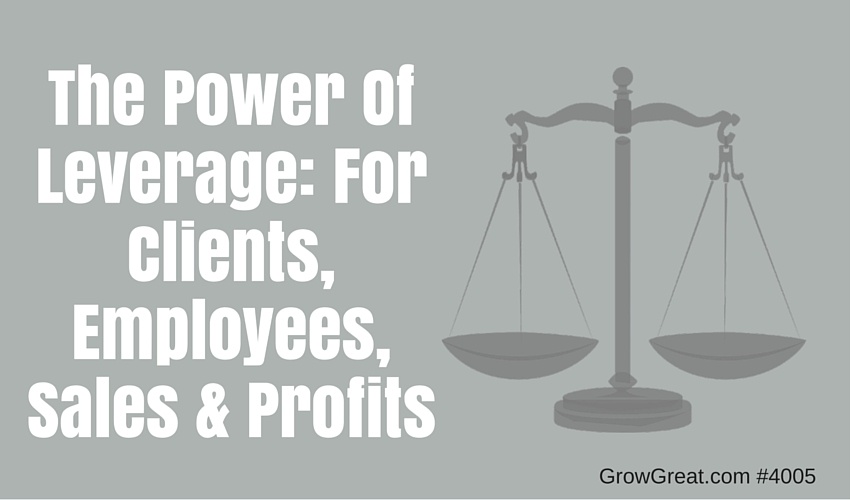

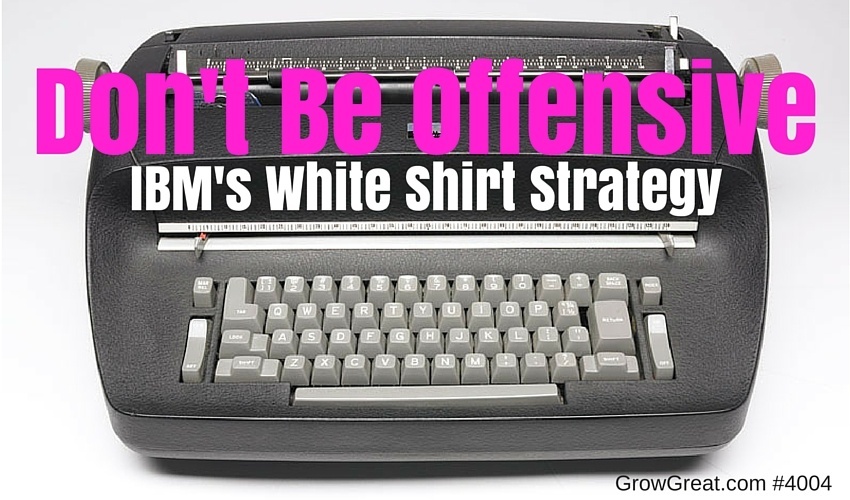

 I hate button down collared shirts worn with a tie. It’s a personal preference thing. They look rumpled and awful. I’m not offended by them, but it’s not an attractive look to me. Whenever I see a guy wearing it, it bugs me. Would I refuse to buy from such a person? I might. I might not. There would probably be other elements involved.
I hate button down collared shirts worn with a tie. It’s a personal preference thing. They look rumpled and awful. I’m not offended by them, but it’s not an attractive look to me. Whenever I see a guy wearing it, it bugs me. Would I refuse to buy from such a person? I might. I might not. There would probably be other elements involved.

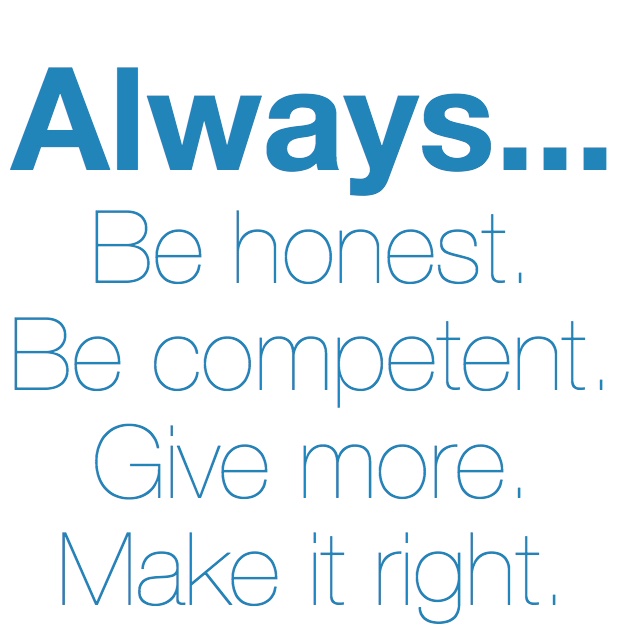

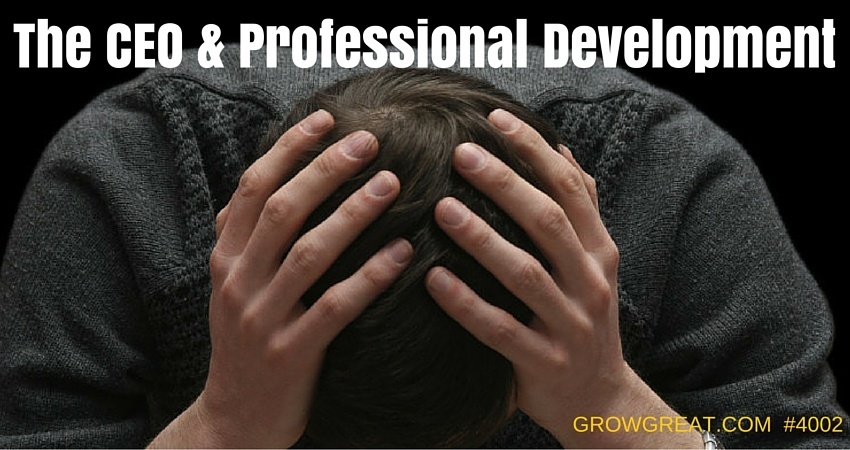

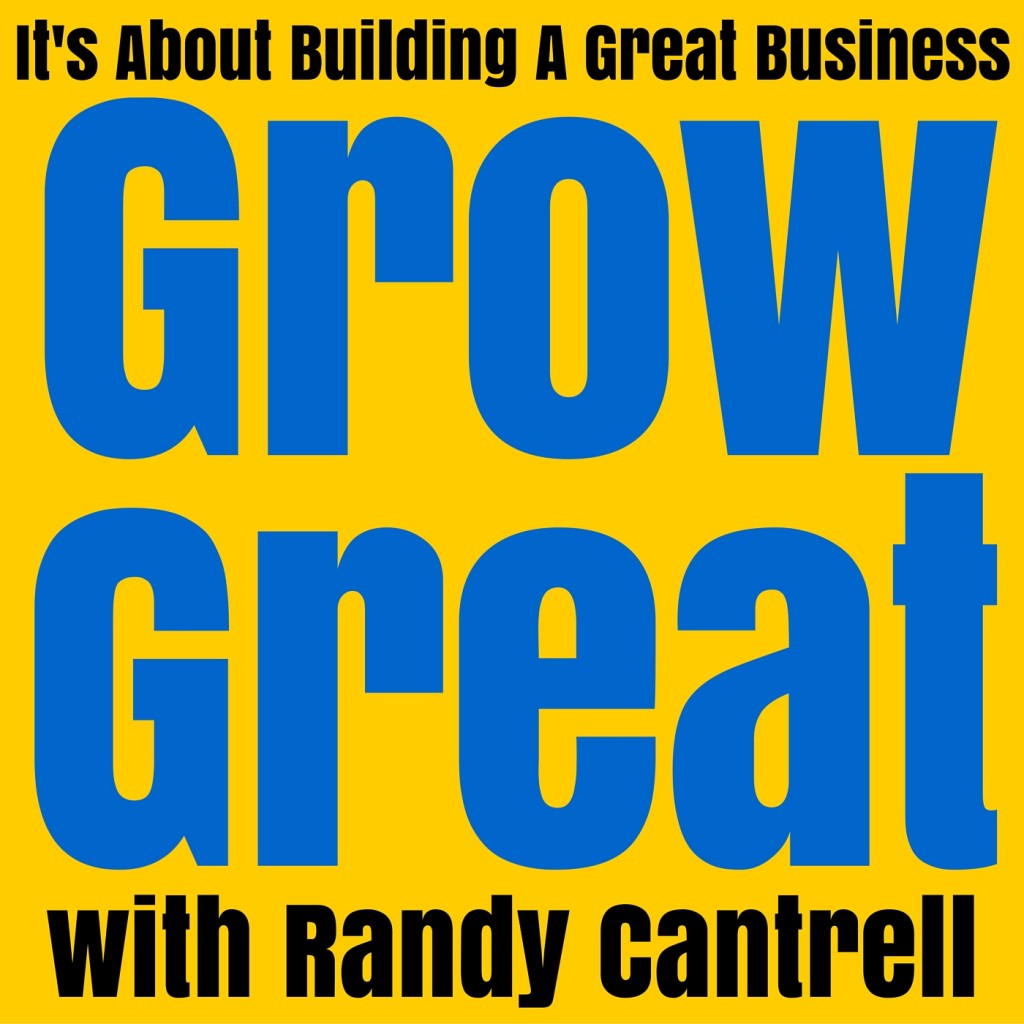

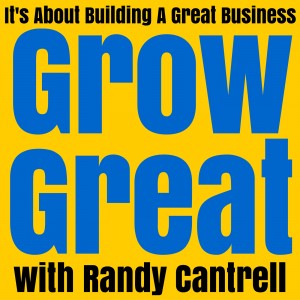 One big change is the podcast. The name. The focus. Even the format.
One big change is the podcast. The name. The focus. Even the format.